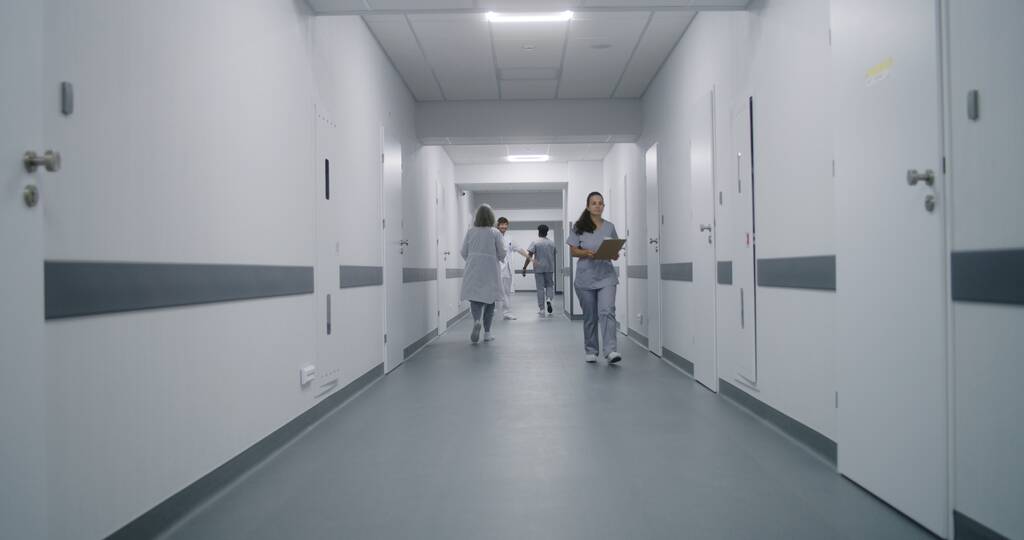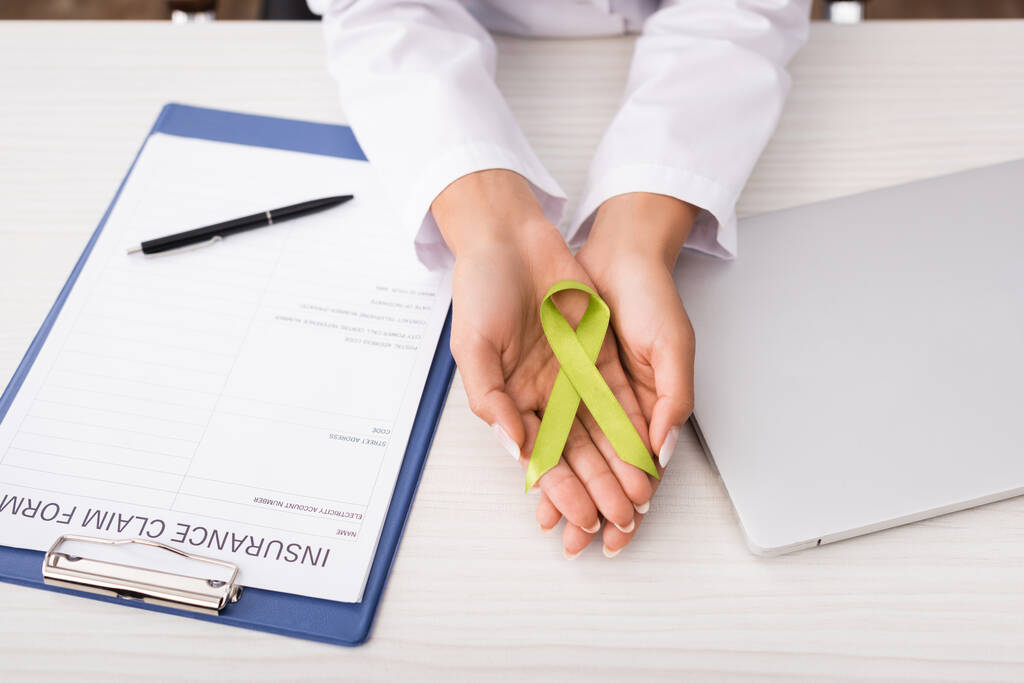Blog
Why a Simple Trip to the Hospital Can Lead to a Financial Crash

You survive the accident. You’re grateful to be alive. Then the bills start arriving and suddenly you’re wondering if survival was worth the financial destruction. A five-mile ambulance ride can cost anywhere from 500 to 2,500 dollars depending on where you live and what equipment they use. A brief emergency room visit, even without admission, can easily top 3,000 to 5,000 dollars. These aren’t worst-case scenarios; they’re routine. The shock of medical bills after a car accident isn’t random or unfair pricing, it’s the system working exactly as it’s designed to work.

The real problem isn’t that emergency care is expensive. It’s that most people don’t understand why it’s expensive or what happens when insurance doesn’t cover it completely. Out-of-network providers, surprise billing loopholes, and coverage gaps create situations where you’re stuck holding massive bills through no fault of your own. Even people with good insurance often end up shocked by what they actually owe after an accident sends them to the emergency room.
Understanding how hospital transportation costs and emergency room billing actually work gives you tools to fight back before bills destroy your finances. The system is complicated, but it’s not random, and knowing where the pitfalls hide lets you protect yourself and negotiate your way toward actual relief.
The Price of Urgency
Ambulances aren’t cheap, and the pricing structure is deliberately complex. Most ambulance services bill by the mile, and that mileage starts the moment the vehicle leaves the station, not when they pick you up. A five-mile transport becomes eight miles of billable distance when you factor in the route back to the station.
That’s just the base charge. Add in the level of care provided basic life support versus advanced life support and the price jumps significantly.
The Insurance Maze

- Emergency room billing operates under different rules than planned medical care.
- When you go to a scheduled appointment, providers typically verify your insurance upfront and bill accordingly.
- When you arrive at the ER by ambulance, nobody checks anything. They treat you first and sort out insurance later.
- This creates chaos because you might end up treated by an out-of-network physician, sent to an out-of-network hospital, or both.
Out-of-network billing is where surprise charges happen most frequently. Your insurance might cover 80 percent of in-network emergency care, but only 50 percent of out-of-network emergency care. The provider bills your insurance company. Your insurance pays their portion. Then you get a bill for your portion, which is often far larger than you anticipated. Some providers, knowing insurance has already paid something, become aggressive about collecting from the patient because they figure insurance reimbursement is already done.
Surprise billing laws have helped in recent years, but gaps persist. Federal protections exist, but they don’t cover every scenario, and state laws vary. Some hospitals are better about upfront notification than others.
Many people don’t know their rights and end up paying charges they shouldn’t legally owe. The confusing part is that even identical procedures at different hospitals in the same city can cost wildly different amounts, and you never get to comparison shop when it’s an emergency.
Fighting Back
The first move is always getting an itemized bill. When that initial invoice arrives, don’t just accept it. Call the billing department and request an itemized statement showing exactly what you were charged for. Line item by line item. This serves two purposes: it helps you identify billing errors, which are shockingly common, and it gives you documentation to present when negotiating.
Errors happen constantly. You might be billed for services you didn’t receive, charged twice for the same procedure, or billed at the wrong rate category. Once you have an itemized bill, review it carefully. Circle anything that doesn’t make sense. Call and ask for explanations. Sometimes billing departments catch and correct errors immediately once you ask questions. Other times they push back, but at least you’ve got documentation of what you questioned.
Appeals and negotiation are your real weapons. If your insurance company denied coverage or you’re stuck with an out-of-network balance, file an appeal. Provide documentation showing you had no choice in provider selection because it was an emergency. Many insurers will reconsider and approve coverage once you explain the circumstances. If insurance won’t budge, call the hospital directly and explain your situation. Many will negotiate down charges for uninsured patients or work out payment plans. Never just pay a massive medical bill without at least trying to negotiate first. Hospitals would rather get 50 percent of a bill paid than spend months pursuing collection on 100 percent of an amount you can’t afford.
Protecting Yourself Proactively
| Topic | Key Points | Action Steps / Advice | Purpose / Benefit |
|---|
| Understand Your Insurance Coverage | Know details such as your deductible, out-of-pocket maximum, and network limitations for emergency services. | Review your insurance plan before an emergency. | Helps you make informed decisions and advocate for yourself during treatment. |
| Keep Detailed Documentation | Record all details related to your care—ambulance info (time, distance, provider), ER provider names, and network status. | Collect and store all receipts, bills, and notices from medical visits. | Provides evidence for disputing billing errors or negotiating with insurance companies. |
| Review and Challenge Medical Bills | Don’t assume all bills are accurate. The medical billing system is prone to errors. | Review all charges carefully and question discrepancies. | Prevents overpaying and ensures accountability in medical billing. |
| Adopt a Proactive Mindset | Recognize that you have control and rights as a patient and consumer. | Treat your bills and insurance interactions seriously. | Empowers you to protect your finances and reduce unnecessary costs. |
Conclusion
A hospital bill after an accident doesn’t have to be the financial death sentence it feels like in those first panicked moments. The system is complicated, but understanding how it actually works gives you leverage to negotiate, appeal, and protect yourself from charges you shouldn’t legally owe.
The key is being proactive instead of passive. Get itemized bills. Question what doesn’t make sense. Appeal insurance denials. Negotiate with providers. None of these steps are difficult, but most people skip them because they’re overwhelmed or assume the bills are set in stone. They’re not. Hospital transportation costs and emergency room charges are negotiable items, and knowing that changes everything.
One emergency doesn’t have to trigger a financial crisis. It does if you let bills pile up without fighting back. But most people never even try to negotiate because they don’t realize they can. Now you know better. When those bills arrive, you’ll handle them completely differently.
